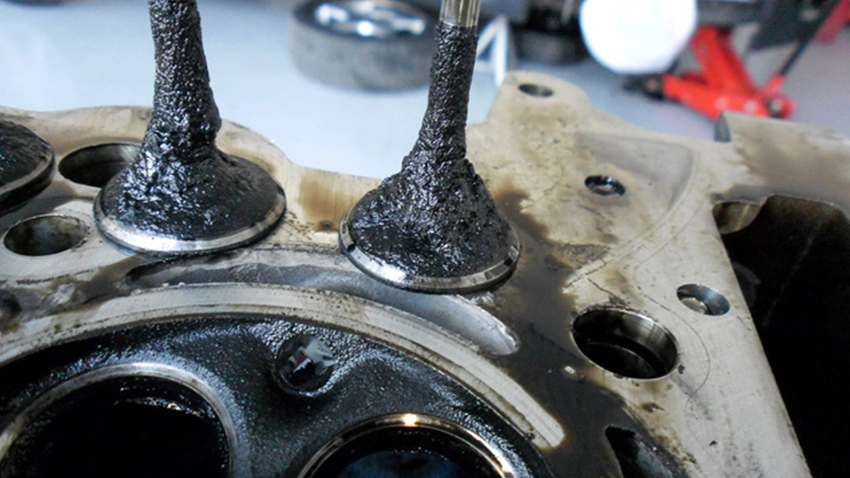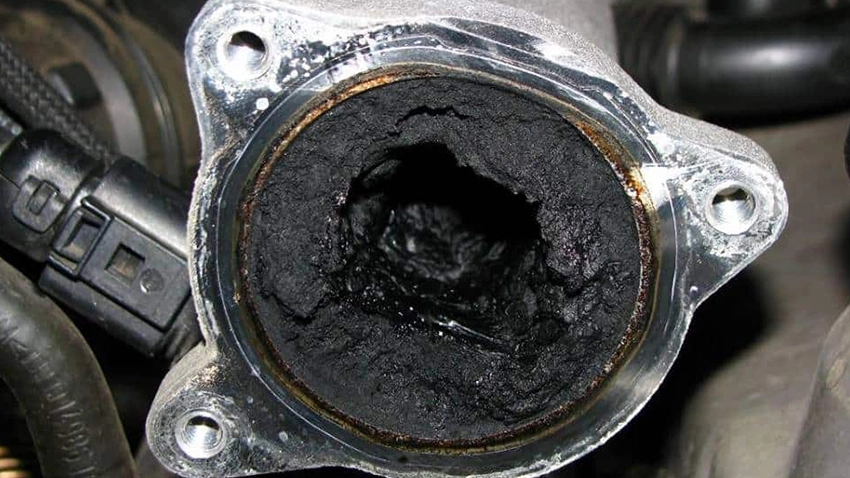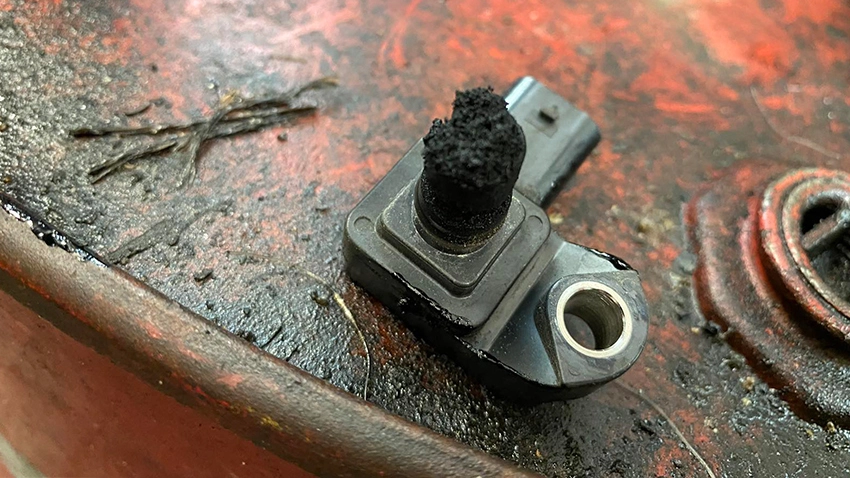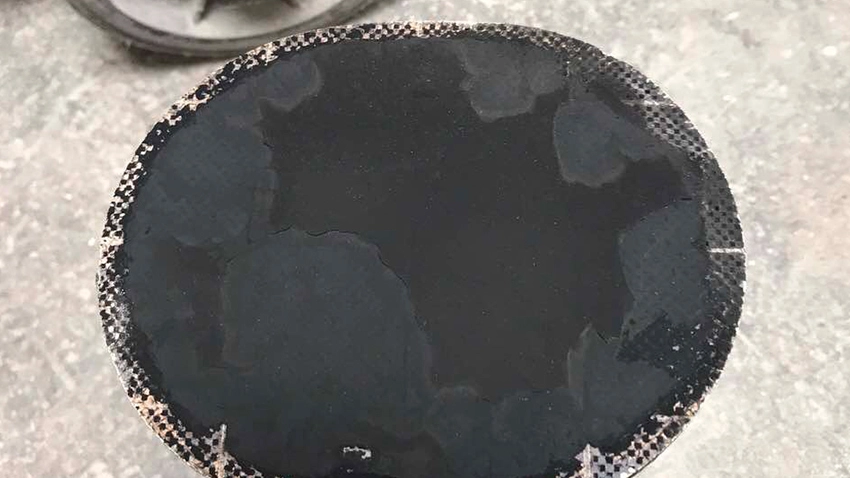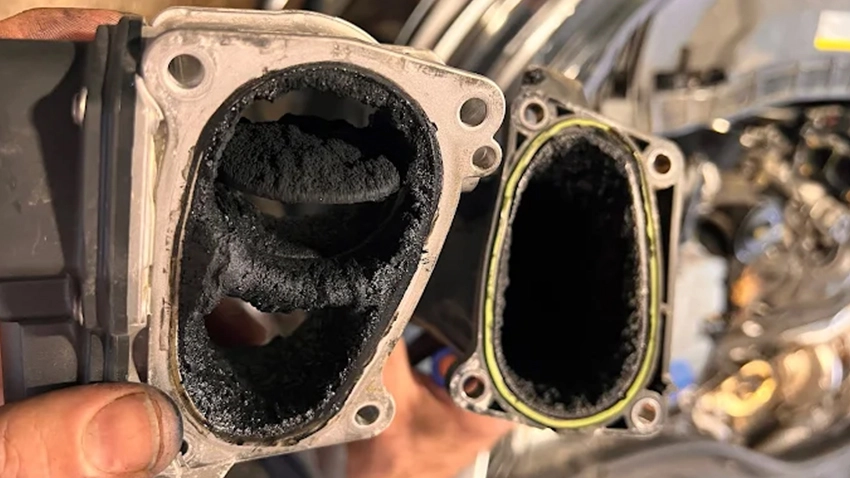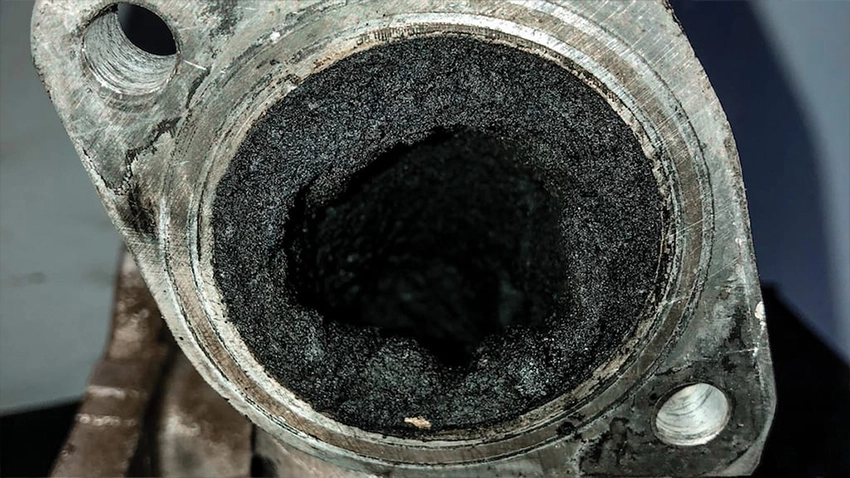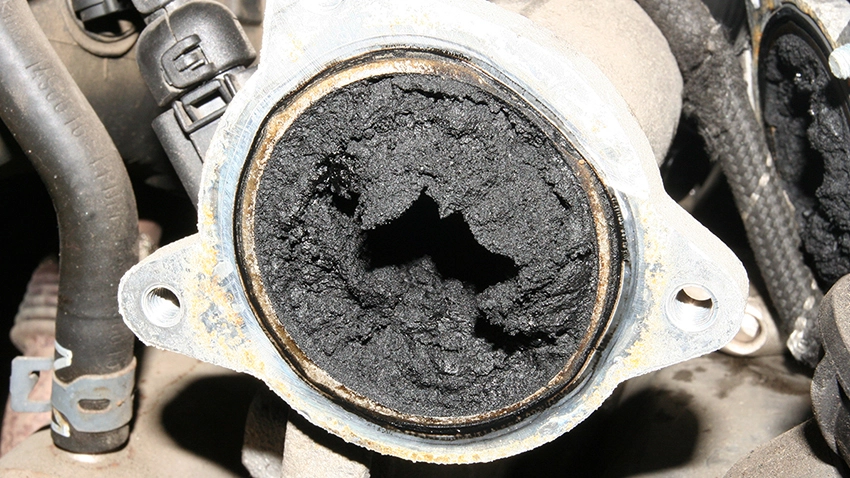Discover the most cost-effective solution for Engine Carbon Cleaning!
Quick and Easy without dismantling!
For All Engine Owners: Cars, Vans, Trucks, Buses, Boats, Generators & More
Interesting facts about all Internal Combustion Engines...
The Hidden Problems Every Engine Faces
Did you know that all types of internal combustion engines suffer from carbon sludge the moment you buy a vehicle and start using it, the carbon residue begins to build up inside immediately?
That’s right—every internal combustion engine, whether gasoline or diesel, starts accumulating carbon soot from day one.
The more miles you drive, the worse it gets.
This black, sticky carbon residue adheres to your engine’s most critical components—the intake manifold, swirl-flaps, EGR valve, injectors, turbo, piston rings, and even the exhaust system – Diesel Particulate Filter and Catalytic converter.
Over time and mileage, it suffocates your engine from the inside out.
At some point, you may start facing these issues...
Check Engine Light On?
Carbon buildup can trigger sensors, causing the check engine light to become your new dashboard companion.
The Check Engine Light is your vehicle’s way of telling you something isn’t right under the hood. It doesn’t always mean a major failure—but ignoring it can lead to one.
Here are the most common reasons it lights up: Oxygen Sensor Malfunction, EGR Valve Issues, Catalytic Converter Problems, Diesel Particulate malfunction, Faulty Spark Plugs or Ignition Coils, Loose or Cracked Gas Cap, Mass Air Flow (MAF) Sensor Issues, Manifold Absolute Pressure Sensor malfunction, etc.
This sensors controls air-to-fuel ratio. Carbon deposits can cause it to send the wrong data.
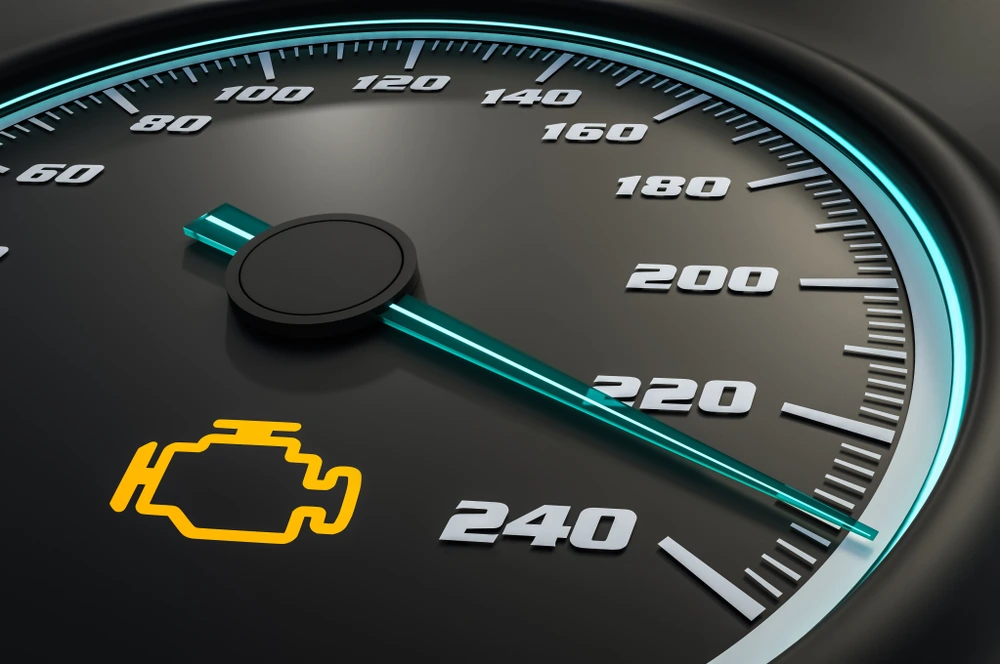
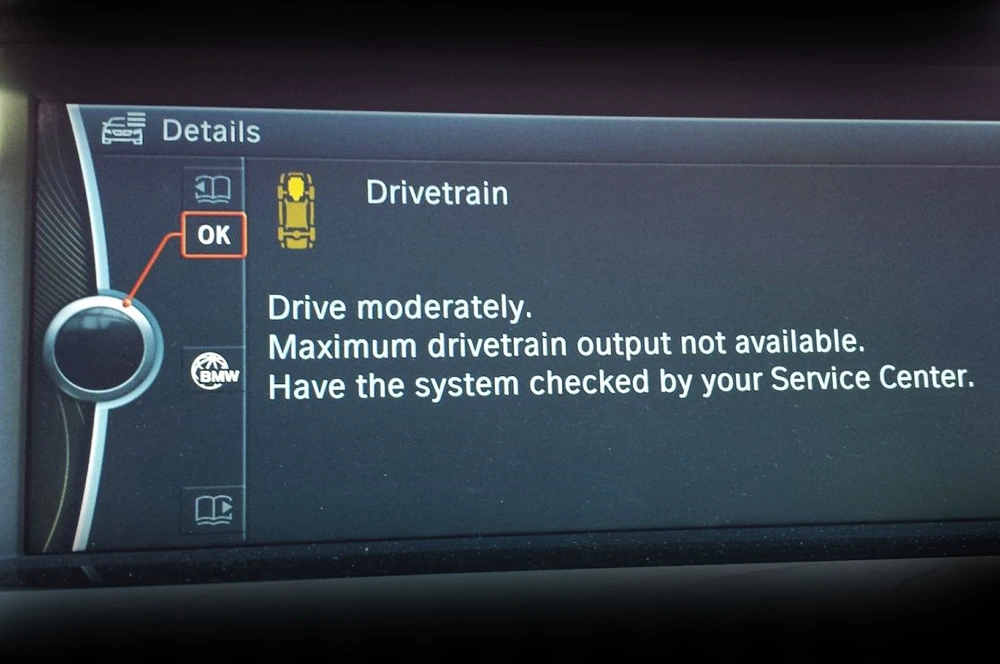
Loss of Engine Power?
Deposits block airflow and fuel delivery, making your engine feel sluggish and underpowered.
Over time, carbon deposits build up inside critical engine components like the intake manifold, valves, pistons, and EGR system. These deposits restrict airflow and disrupt fuel delivery, which directly impacts combustion efficiency. The result? Your engine struggles to breathe and burn fuel properly—leading to noticeable loss of power, especially during acceleration or uphill driving. What once felt smooth and responsive now feels sluggish and underperforming. If left untreated, this gradual decline only worsens. A professional Hydrogen Carbon Cleaning service restores optimal airflow and fuel efficiency—bringing back your engine’s lost performance.
Rough Idling or Hard Starts?
If your vehicle shakes at stoplights or struggles to start, carbon might be the culprit.
When carbon builds up inside your engine—especially around the intake valves, combustion chamber, and throttle body—it disrupts the precise air-fuel mixture needed for smooth operation. This imbalance can cause rough idling, where your vehicle shakes or vibrates when stopped, and hard starts, where the engine struggles to fire up or takes longer to turn over. These issues are often more noticeable in cold weather and may be mistaken for electrical or ignition problems, but they’re commonly linked to internal buildup affecting engine performance.

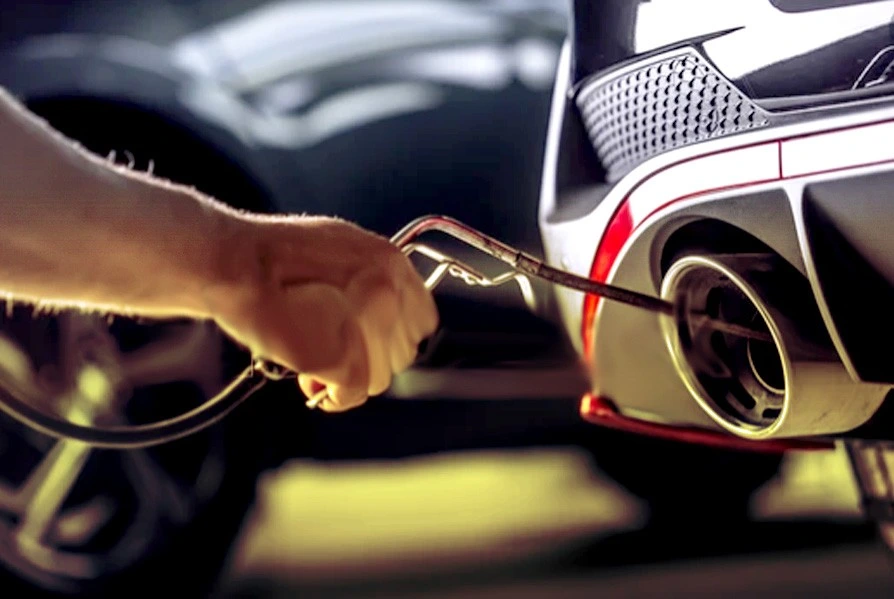
Failed Emissions Test?
Sooty engine parts lead to incomplete combustion and sky-high emission levels.
If your vehicle has failed an emissions test, carbon buildup may be to blame. Over time, soot accumulates on engine components like the EGR valve, intake manifold, and Diesel Particulate Filter or Catalytic Converter—disrupting the combustion process. This leads to incomplete fuel burn, increased hydrocarbon (HC) and carbon monoxide (CO) emissions, and a failing grade at inspection time. Sensors such as the oxygen sensor and MAF can also be affected, sending incorrect data to the ECU and worsening the problem. Excessive emissions aren’t just bad for the environment—they can result in fines or registration issues too.
Excessive Smoke from Exhaust?
Visible smoke means your engine isn't burning fuel cleanly—often a sign of internal buildup.
Noticing thick smoke from your exhaust? That’s a clear sign your engine isn't burning fuel efficiently. Carbon buildup inside the combustion chamber, injectors, or turbo system can disrupt the air-fuel balance, leading to incomplete combustion. The result is visible smoke—whether it's black (unburned fuel), blue (burning oil), or white (coolant or condensation issues). This smoke not only indicates internal stress on your engine, but it can also lead to increased fuel consumption, performance loss, and emissions failure. What you see coming out of the tailpipe is often just the symptom of a deeper issue.
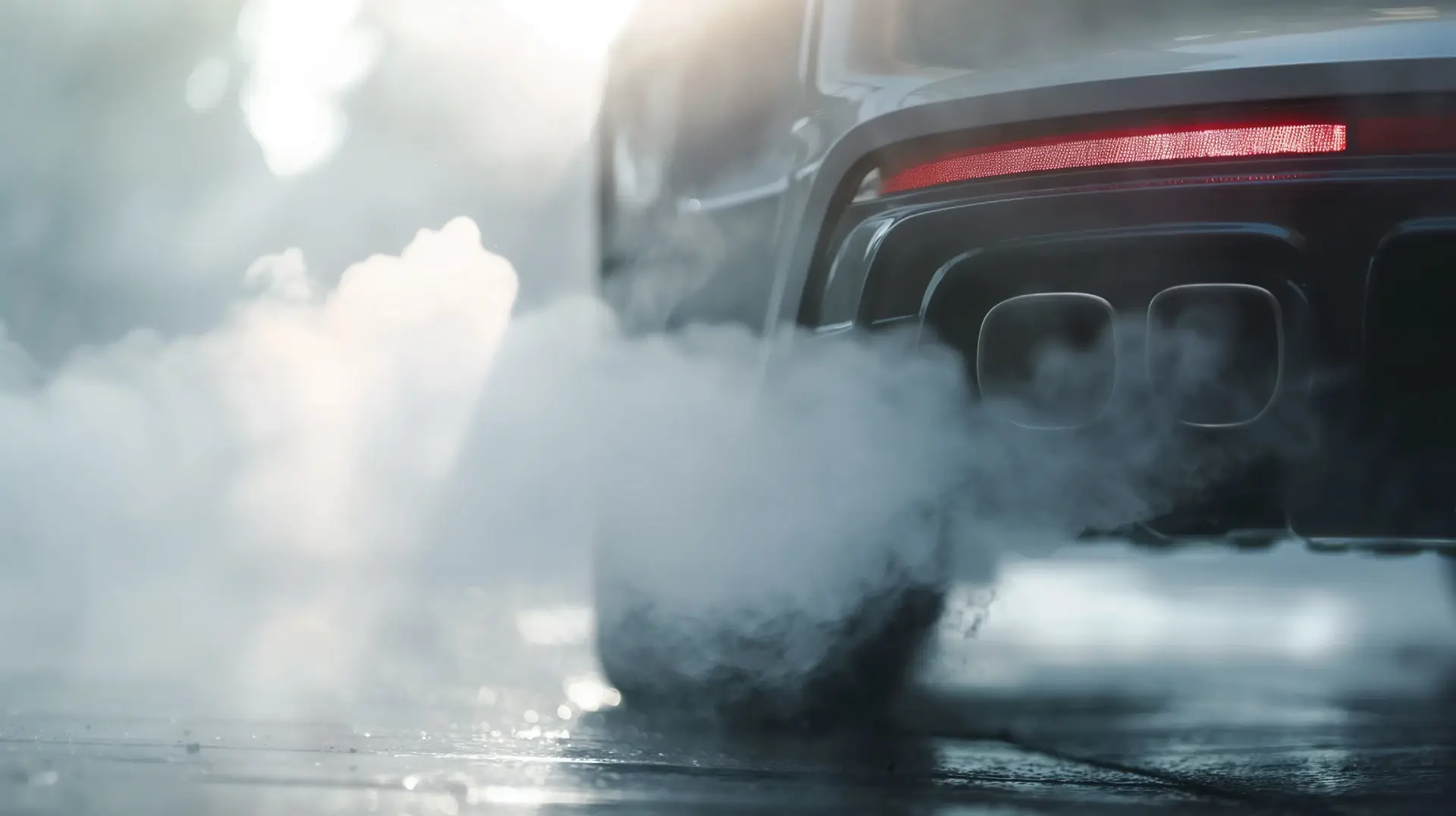
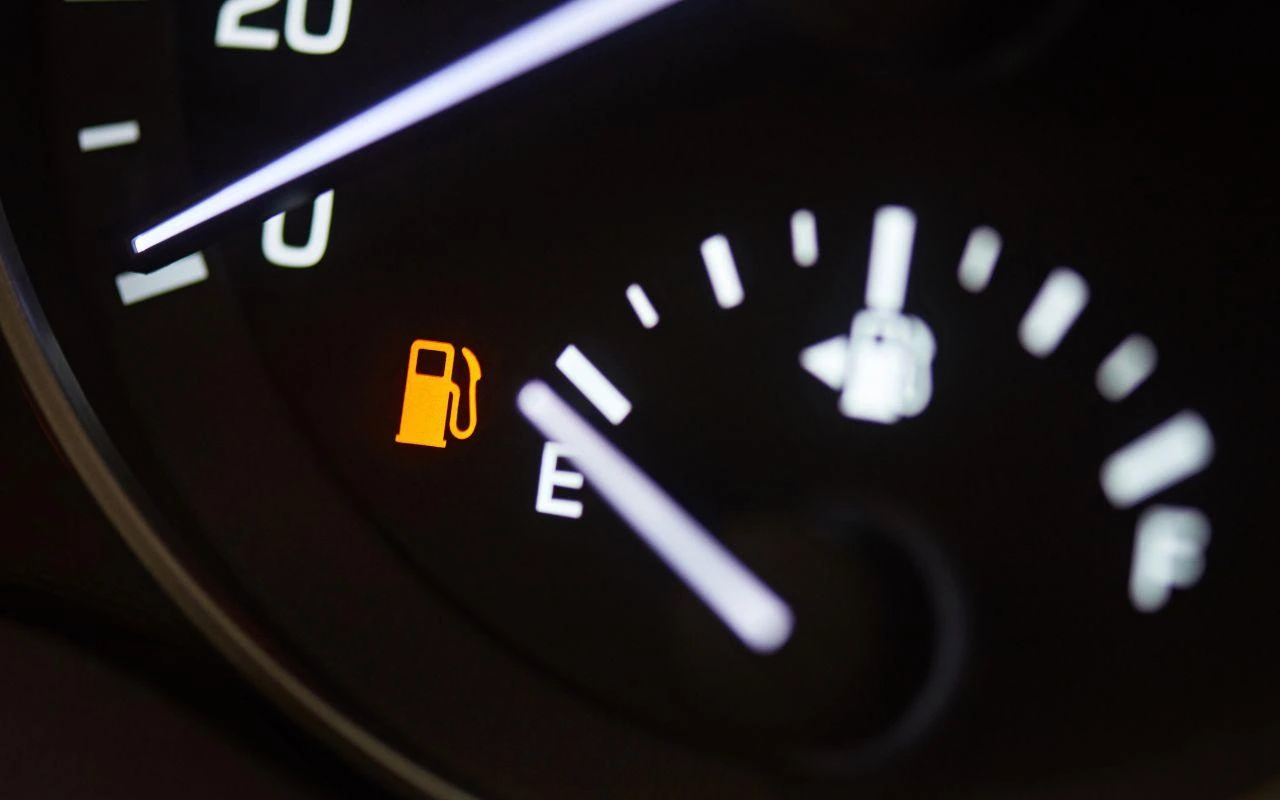
Poor Fuel Economy?
Carbon buildup forces your engine to work harder—burning more fuel just to perform normally.
If your fuel tank seems to empty faster than it used to, carbon buildup may be silently draining your wallet. Deposits on intake valves, injectors, pistons, and sensors can disrupt combustion efficiency, causing your engine to burn more fuel just to maintain basic performance. This means higher fuel consumption, even during regular driving. You may not notice it immediately, but over time, poor fuel economy adds up—especially for high-mileage drivers or fleet vehicles. What was once a fuel-efficient engine becomes a costly, underperforming machine, all due to internal carbon buildup.
What is the real problem?
The Silent Killer of Engines: Carbon BuildupCarbon Buildup
Every internal combustion engine—whether in a car, van, truck, bus, excavator, boat, or diesel generator—suffers from the same inevitable enemy:
carbon buildup.
As mileage and years increase, your engine slowly clogs up with soot and carbon deposits, silently degrading its performance.
What do these issues cost vehicle Owners?
Carbon buildup is invisible until it causes expensive problems. Here’s what you could be spending on:
EGR valve replacement: €300–€700
DPF cleaning/replacement: €500–€2000
Turbocharger cleaning/replacement: €400–€1500
Engine teardown and manual cleaning: €800–€3000+
And what’s worse? Your car becomes less efficient, uses more fuel, and pollutes more.
What Causes Carbon Buildup?
Fossil fuels like gasoline and diesel are made up of hydrocarbons—hydrogen and carbon.
Gasoline (petrol) typically has a chemical formula close to C₈H₁₈, and diesel around C₁₂H₂₆.
These formulas show us that every molecule of fuel contains multiple carbon atoms—and when combustion
isn’t perfect (which it never is), some of that carbon doesn’t burn off and sticks to your engine parts as harmful deposits.
How Much of Your Fuel Is Actually Powering Your Engine?
You might be surprised (and frustrated) to learn this:
Most internal combustion engines are shockingly inefficient.
Petrol engines typically convert only 25–30% of the fuel’s energy into actual power that moves your vehicle.
Diesel engines are slightly better, with an efficiency of around 30–40%.
So where does the rest of your fuel go?
❌ Up to 70% of it is wasted—lost as heat, friction, and most importantly, unburned fuel that leaves behind carbon soot.
That means for every €100 you spend at the fuel station, you’re only using €30 worth of energy to power your vehicle.
The rest?
🔥 It’s either burned inefficiently or leaves damaging carbon deposits inside your engine.
This waste doesn’t just cost you money—it’s slowly clogging your engine, reducing performance, increasing emissions, and pushing you closer to costly repairs.
The Solution:
Engine Carbon Cleaning
with Hydrogen Technology
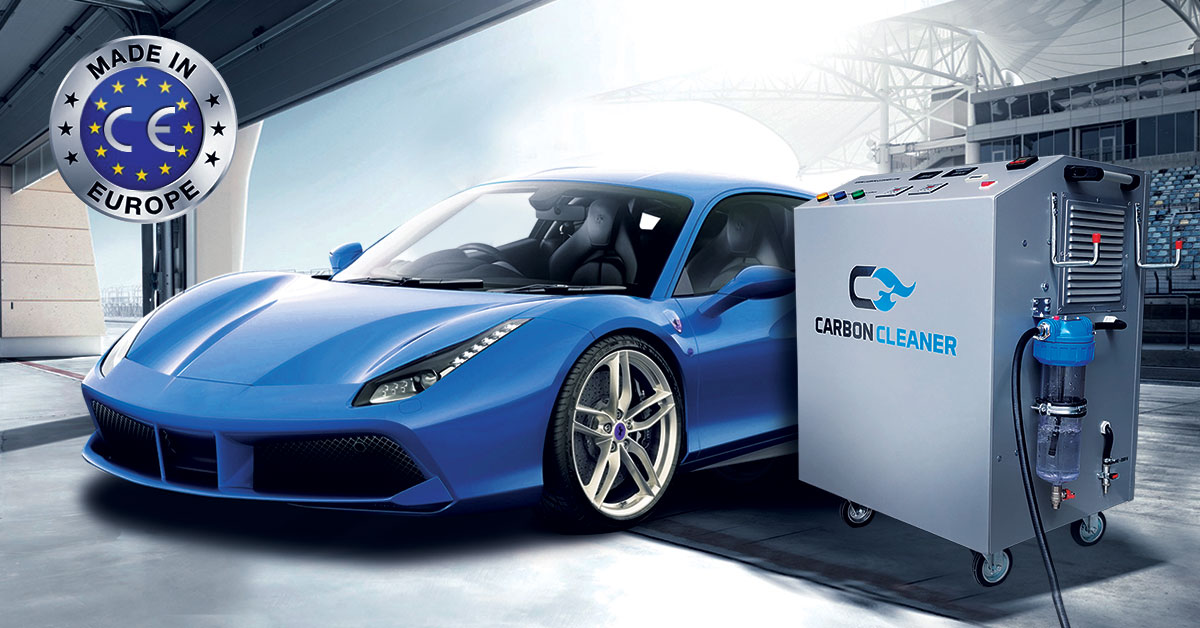
There’s a fast, affordable, and non-invasive solution:
Hydrogen Engine Carbon Cleaning Service
Using state-of-the-art HHO (Oxy-Hydrogen) gas technology to restore your engine’s performance without dismantling a single component. We produce a precise mixture of hydrogen (H₂) and oxygen (O₂) gases using distilled water and electrolysis.
This results in HHO gas, also known as Brown’s Gas, which is extremely explosive and reactive when ignited. We inject a controlled mixture into your engine’s air intake while it’s running.
The gas flows through the intake manifold and combustion chambers, mixing with the incoming air and fuel.
This gas reacts with carbon deposits and converts them into harmless gas by re-burning them, simply because they did not burn naturally.
The HHO gas plays the role of a Natural Fuel Additive, helping the burning process burn more completely and efficiently.
It burns the carbon deposits in certain parts where we have a burning process or enough temperature.
At the same time, the HHO one is burned and becomes pure water again (fine vapor), which cools down the temperature in the cylinders.
Benefits of Hydrogen Carbon Cleaning
✅ Restores engine power and throttle response
✅ Reduces fuel consumption by 5%–15%
✅ Lowers emissions by up to 70%
✅ Cleans internal parts without chemicals
✅ Prevents future costly repairs
✅ No disassembly or downtime
✅ Fast process: 30–60 minutes
✅ Suitable for all engine types: petrol, diesel, LPG
✅ Prolongs engine life and component durability
Save hundreds, even thousands of euros in repairs and fuel costs—just by cleaning your engine once a year.
What If You Don’t Clean Your Engine?
Neglecting carbon buildup can lead to:
Up to 20% drop in fuel efficiency
Emissions test failure
DPF clogs and limp mode
EGR/turbo failures
€1,000+ in avoidable repair costs
Don't wait until it's too late to
deal with all the Carbon buildup problems!
By doing Carbon Cleaning of your Engine once a year
or in every 10-15K kilometers and you can save
thousands in the future.
Prevent wasting your time and headaches…
Explore All Possibilities
Whether you’re a vehicle owner, workshop, or aspiring entrepreneur—our complete ecosystem offers professional Carbon Cleaning Services, franchise opportunities, training, and full support to power your success.
Latest Posts
What Client's Say
Lorem ipsum dolor sit amet, consectetur adipiscing elit. Donec hendrerit vehicula est, in consequat.
Lorem ipsum dolor sit amet, consectetur adipiscing elit. Donec hendrerit vehicula est, in consequat. Lorem ipsum dolor sit amet, consectetur adipiscing elit. Donec hendrerit vehicula est, in consequat.

